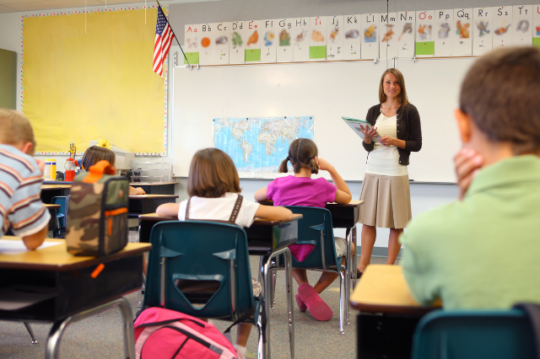In October 2021, the US Department of Education initiated an overhaul of the existing Public Service Loan Forgiveness program (PSLF). Per the US Department of Education:
“The Department estimates that the limited waiver alone will help over 550,000 borrowers who had previously consolidated their loans see their progress toward PSLF grow automatically, with the average borrower receiving 23 additional payments. This includes approximately 22,000 borrowers who will be immediately eligible to have their federal student loans discharged without further action on their part, totaling $1.74 billion in forgiveness. Another 27,000 borrowers could potentially qualify for $2.82 billion in forgiveness if they certify additional periods of employment. For reference, just over 16,000 borrowers have ever received forgiveness under PSLF prior to this action. We anticipate that many more will also receive additional credit as we implement other changes over time, such as counting previously ineligible payments that were not affected by a loan consolidation.”
Let’s quickly review the highlights of the overhaul plan and how it will impact borrowers.
The One-Time Waiver
All borrowers who have made prior loan payments that didn’t qualify for PSLF can submit a PSLF application between now and October 31, 2021, to have those payments counted toward loan forgiveness. Currently, only income-driven repayment plans qualify for PSLF. This waiver aims to remedy past miscommunication and misinformation that prevented public service employees from selecting the right payment plan to put them on the path to loan forgiveness.
Simplified Qualification Process
The US Department of Education is also working to simplify the qualification process for borrowers. There are currently talks of setting up Rulemaking to make long-term improvements to the PSLF program. These improvements are still in progress, but it could mean:
- Adjusting what counts as a qualified payment in 2022 and beyond.
- Adjusting payment deadlines and rules for application
Improved Access for Military Members
This initiative is also focused on improving access to PSLF for military members. Under the new rules, all months or years spent on active duty can count toward PSLF “payments” (even if the military member’s loans were in deferment or forbearance while they were deployed). This rule applies to borrowers who were previously on active duty, as well, and is expected to eliminate the student debt of many military service members this year.
Reviewed Denied Applications
The review and approval process for PSLF applications has long been viewed as overcomplicated and riddled with errors by applicants and the US Department of Education alike. Many applicants have had applications denied even if they technically qualify or missed the mark by a small margin (a day late on one payment, pennies away from paying the appropriate amount, etc.). The Department is now reviewing these applications and working to “further strengthen the oversight of PSLF.”
Improved Communication
Many applicants missed PSLF qualifications due to a lack of communication from their loan service provider regarding the type of payment plan they needed to be on to qualify. The US Department of Education is improving communication between the PSLF program, loan service providers, and borrowers to ensure a seamless experience moving forward and increase awareness.
What You Need to Know
If you are a public service employee who has had concerns about PSLF in the past, now is a fantastic time to reach out to your financial advisor and learn more about what opportunities are available to you.

